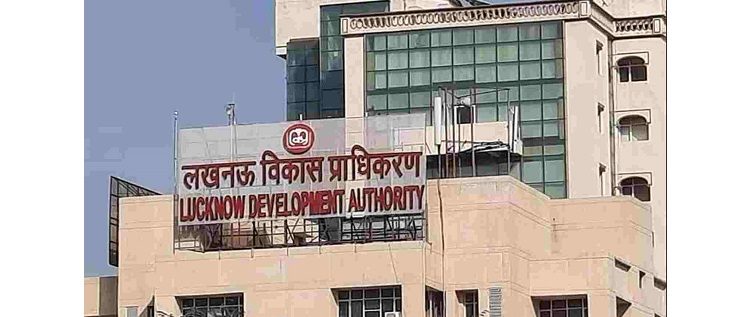E - PAPER
Realty Prices May Correct By 5-15%: CRISIL
The CRISIL assessment showed small-to-mid-sized developers would face a sharp around 200 per cent rise in funding gap this financial year. However, their ability to raise capital will be limited as debt-to-total assets ratio was significantly high at around 75 per cent as of March 2020. On the other
 BY
Realty Plus
BY
Realty Plus
Published - Wednesday, 16 Sep, 2020

The CRISIL assessment showed small-to-mid-sized developers would face a sharp around 200 per cent rise in funding gap this financial year. However, their ability to raise capital will be limited as debt-to-total assets ratio was significantly high at around 75 per cent as of March 2020. On the other hand, their interest cover is also weak at 1.2-1.5 times versus two times for large developer groups.
Credit profile of small-to-mid-sized real estate developers may get impacted thanks to a likely drop in residential demand during this financial year ending March 31, 2021. Residential demand is expected to plunge 50-70 per cent year-on-year in FY21 as the Covid-19 pandemic is crushing economic activity and big-ticket spends.
With demand going down, capital values will remain under pressure across cities. CRISIL expects a 5-15 per cent price correction in the residential space across ticket sizes. As a result, the credit profiles of small-to-mid-sized and leveraged developers will take a bigger hit compared with their larger, experienced peers with healthy balance sheets.
In general, demand for the sector has been subdued over the past decade on account of a raft of factors such as demonetisation, unaffordability, RERA implementation and delay in completions, among others. However, large diversified players with strong delivery track records are expected to manage better than others.
RELATED STORY VIEW MORE
TOP STORY VIEW MORE

Mixed Outlook for Australia's Housing Sector In 2024
Mixed Outlook for Australia's Housing Sector In 2024
05 December, 2024NEWS LETTER
Subscribe for our news letter
E - PAPER
-

CURRENT MONTH 
LAST MONTH














